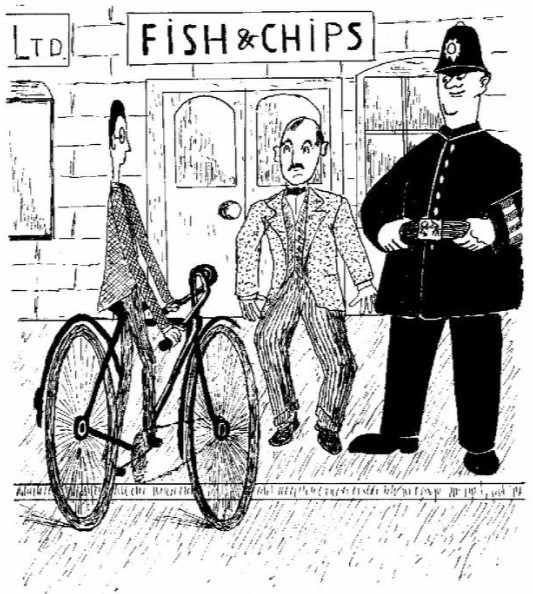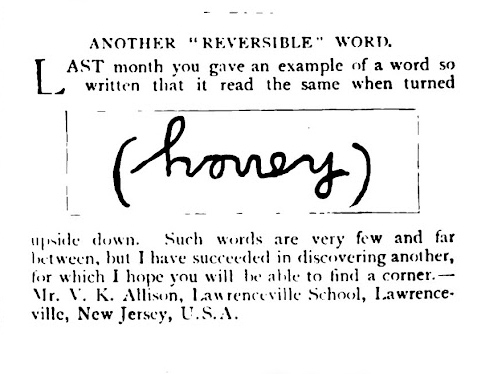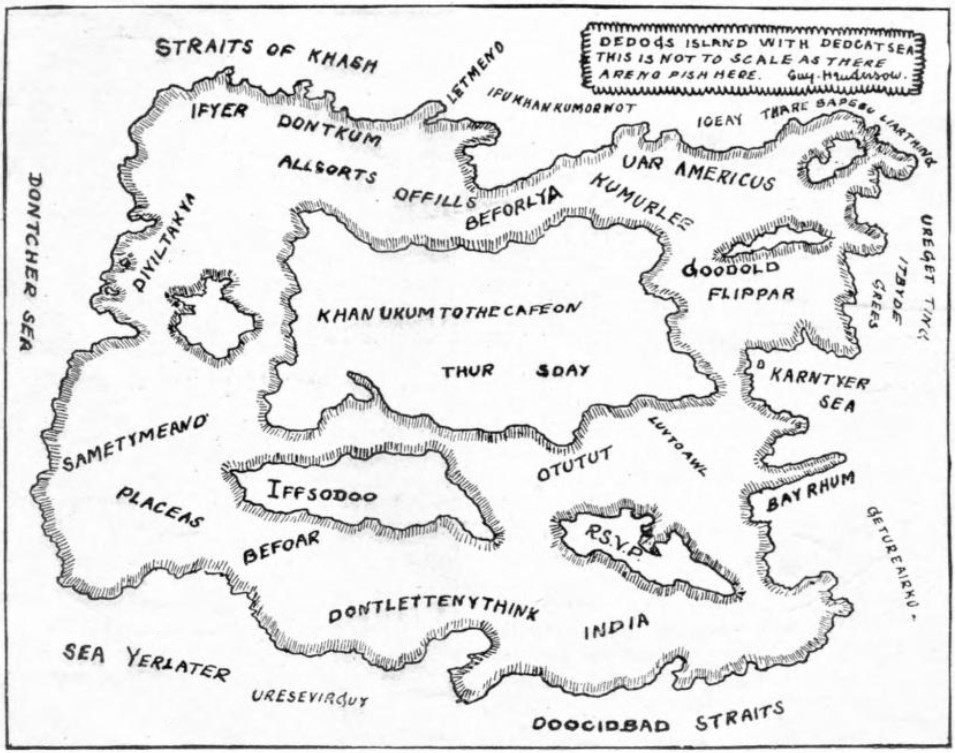
While at Eton, Winston Churchill’s son Randolph was “immensely impressed” to hear his friend Freddie Furneaux recite the following passage without notes. Ostensibly it describes Henry VIII:
“This monarch was sincere, open, gallant, liberal, intrepid, inflexible and courageous; but with these virtues he combined the vices of violence, cruelty, profusion, rapacity, obstinacy, injustice, arrogance, presumption and conceit.”
When Churchill asked the source of the quotation, Furneaux said, “I had it from the headmaster of my private school, but he did not disclose where it came from.”
That’s from Churchill’s 1965 autobiography Twenty-One Years. The only other mention I can find is in Linda Kelly’s 2017 commonplace book Consolations, where she calls it a memory test and adds, “The test is to recite it by heart after looking at it once.” That’s all I’ve managed to learn.
05/22/2025 UPDATE: Reader Charlotte Fare found a variant of the quote in Volume III of David Hume’s History of England:
A catalogue of his vices would comprehend many of the worst qualities incident to human nature: Violence, cruelty, profusion, rapacity, injustice, obstinacy, arrogance, bigotry, presumption, caprice: But neither was he subject to all these vices in the most extreme degree, nor was he, at intervals altogether destitute of virtues: He was sincere, open, gallant, liberal, and capable at least of a temporary friendship and attachment.
(Thanks, Charlotte.)







